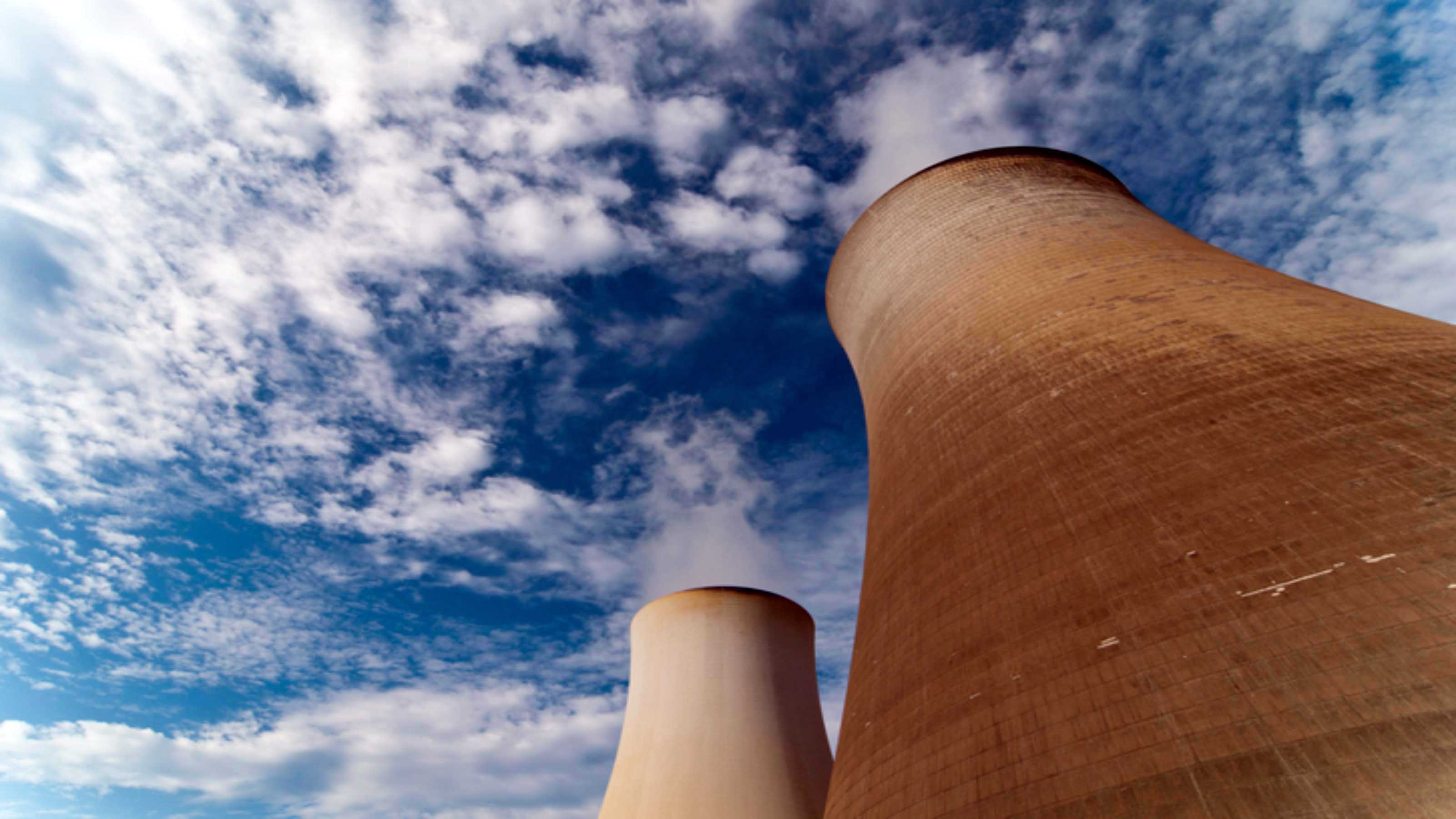
The way businesses and industries are regulated affects people and the economy. So our hugely experienced Kiplinger Letter team will keep you abreast of the latest regulatory developments and forecasts (Get a free issue of The Kiplinger Letter or subscribe). You will get all the latest news first by subscribing, but we will publish many of the forecasts online a few days afterward. Here’s the latest…
New emissions limits for fossil fuel-fired power plants are on the way.
The centerpiece of the Biden administration’s proposal is technology — specifically, carbon capture and storage, which is one of many ways regulators say that utilities can meet new emissions targets for gas and coal-fired power plants.
The Environmental Protection Agency also includes “co-firing” on its list of ways for power plants to comply. This basically involves burning a cleaner fuel alongside the main one, such as natural gas with coal, or hydrogen with natural gas.
Initial requirements would not kick in until 2030 for coal-fired power plants and 2032 for natural-gas plants and would vary based on several factors, including the size of a plant, how often it runs, its expected lifespan and whether it is new or existing.
Will plants be able to meet these targets?
The goal is to give tech time to catch up with the administration’s goals. But it’s still unclear whether carbon capture and green hydrogen will be ready when that time comes. For example, only two commercial coal power plants now supplying the U.S. grid employ carbon-capture tech. No gas-powered ones do.
Critics say the rules would increase electricity costs and hurt grid reliability by forcing more retirements of dispatchable grid resources — those that can more easily adjust their power output based on consumer demand, which includes gas and coal.
The Biden administration expects retail electricity prices to increase by 0.2% by 2035, fueled by utilities spending at least $10 billion to meet the proposed requirements. Also unclear: whether these regs could survive the inevitable legal challenge.
This forecast first appeared in The Kiplinger Letter. Since 1923, the Letter has helped millions of business executives and investors profit by providing reliable forecasts on business and the economy, as well as what to expect from Washington. Get a free issue of The Kiplinger Letter or subscribe.







